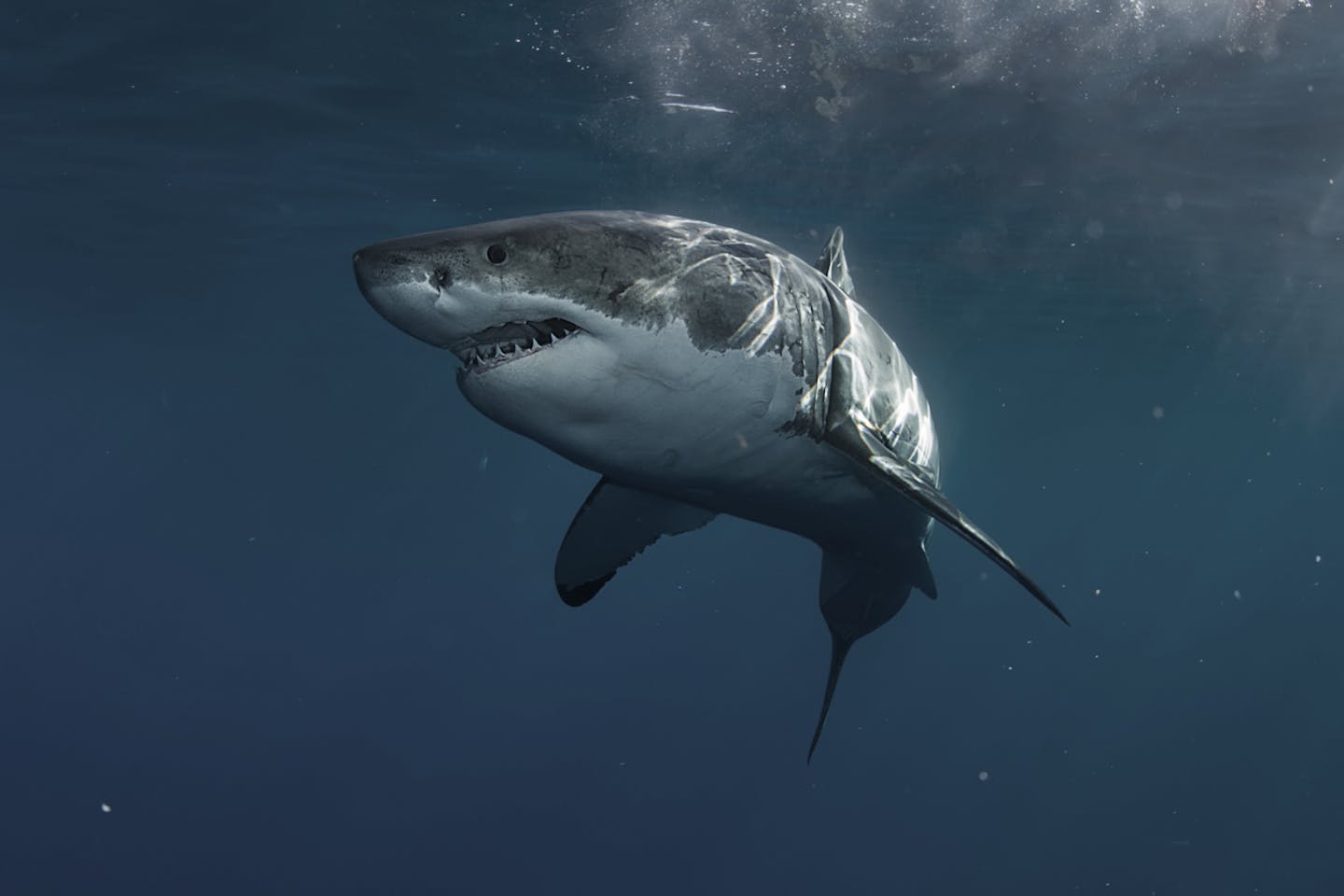High seas species reflection: Protecting biodiversity beyond national jurisdiction
The high seas occupy an immense 95% of the Earth's surface beyond the 200 nautical miles offshore within each country's Exclusive Economic Zone. These waters are home to a diverse array of life forms, ranging from phytoplankton to giant whales and sharks. Unfortunately, the large fauna in the high seas has been increasingly threatened by large fishing companies operating with little regard for sustainability.
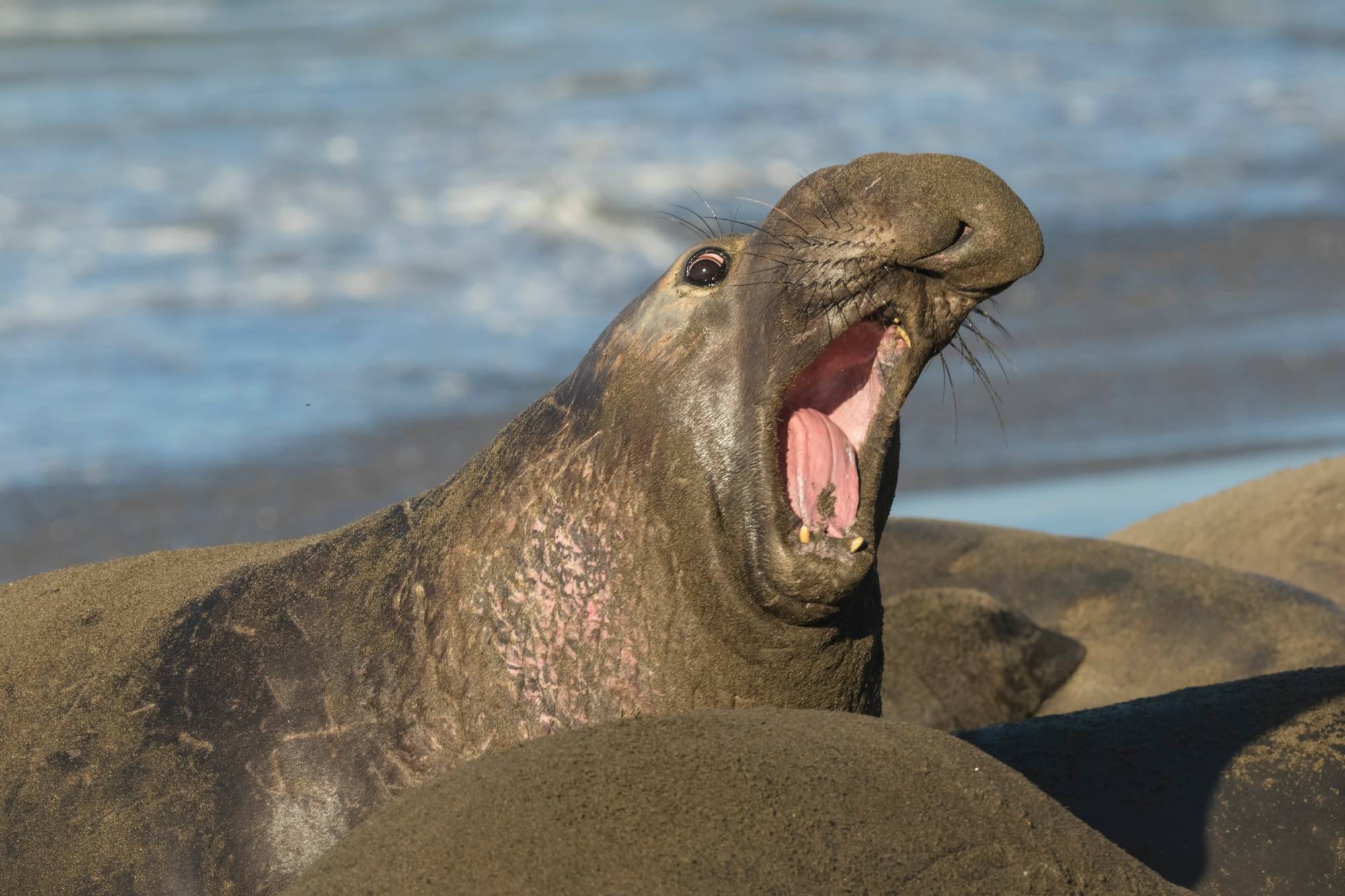
Male northern elephant seal
Efforts to address high seas species depletion: From UN Conventions to High Seas Treaty
In response, the UN Convention on the Law of the Sea was signed in 1992, and numerous summits and conventions have been held to address the issue of ocean species depletion. Recently, a High Seas Treaty was launched at the One Ocean Summit in February 2022, with a coalition of countries aiming to establish a commons framework to protect high seas biodiversity. As of February 2023, 27 countries, including the EU, have joined this effort.
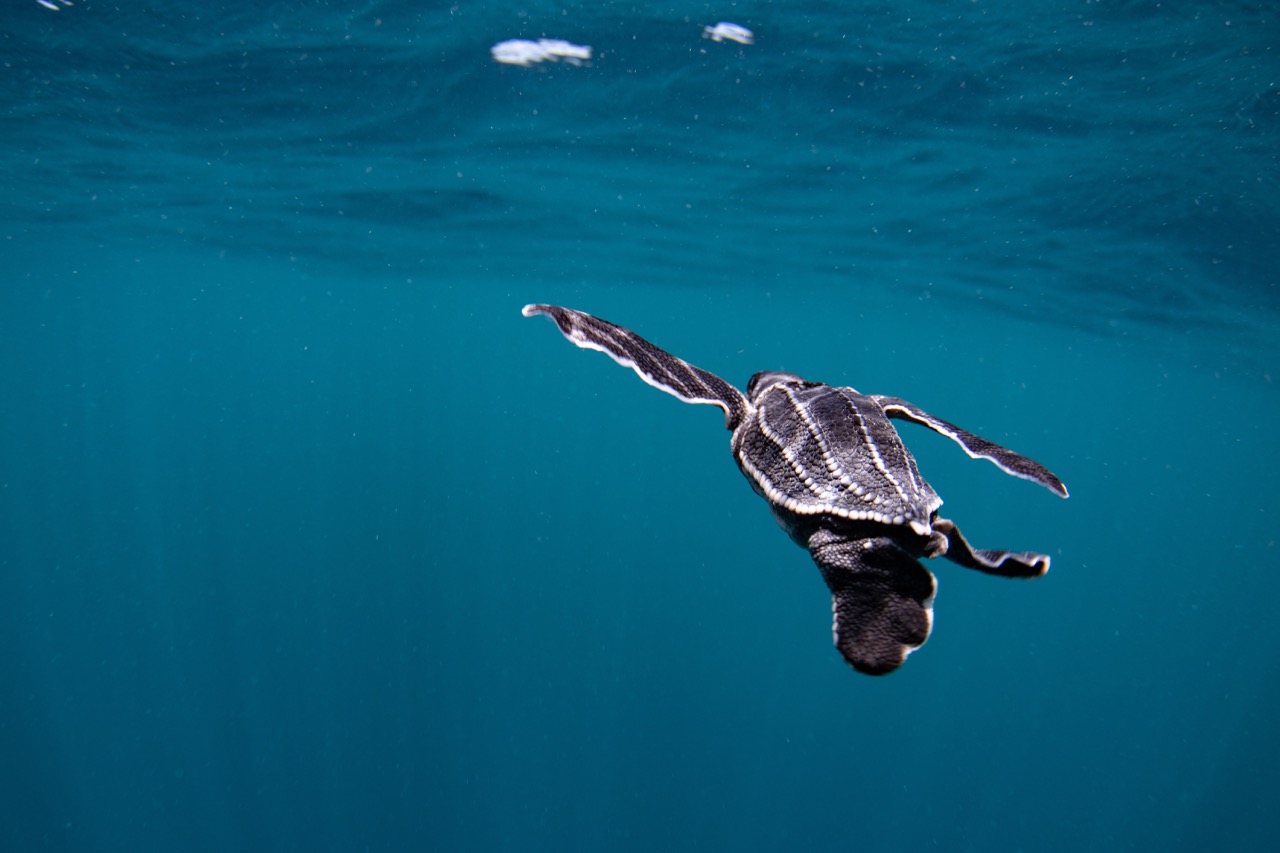
Hatchling leatherback sea turtle swimming out in open water.
Mixed interests and agendas: The current state of the High Seas Treaty
Currently, the Fifth Session of the Intergovernmental Conference (IGC5) is underway from February 20 to March 3, 2023. Member states are discussing the content of the High Seas Treaty with mixed interests and agendas, with large-scale fishing industry lobbyists applying pressure. However, there are also efforts to establish Marine Protected Areas and designate 60% of the world ocean as a World Ocean Public Trust, as recommended in the Defying Oceans End Conference in 2005 in Mexico. These efforts would greatly contribute to the 30 by 30 goal, which aims to protect 30% of the world's oceans by 2030.
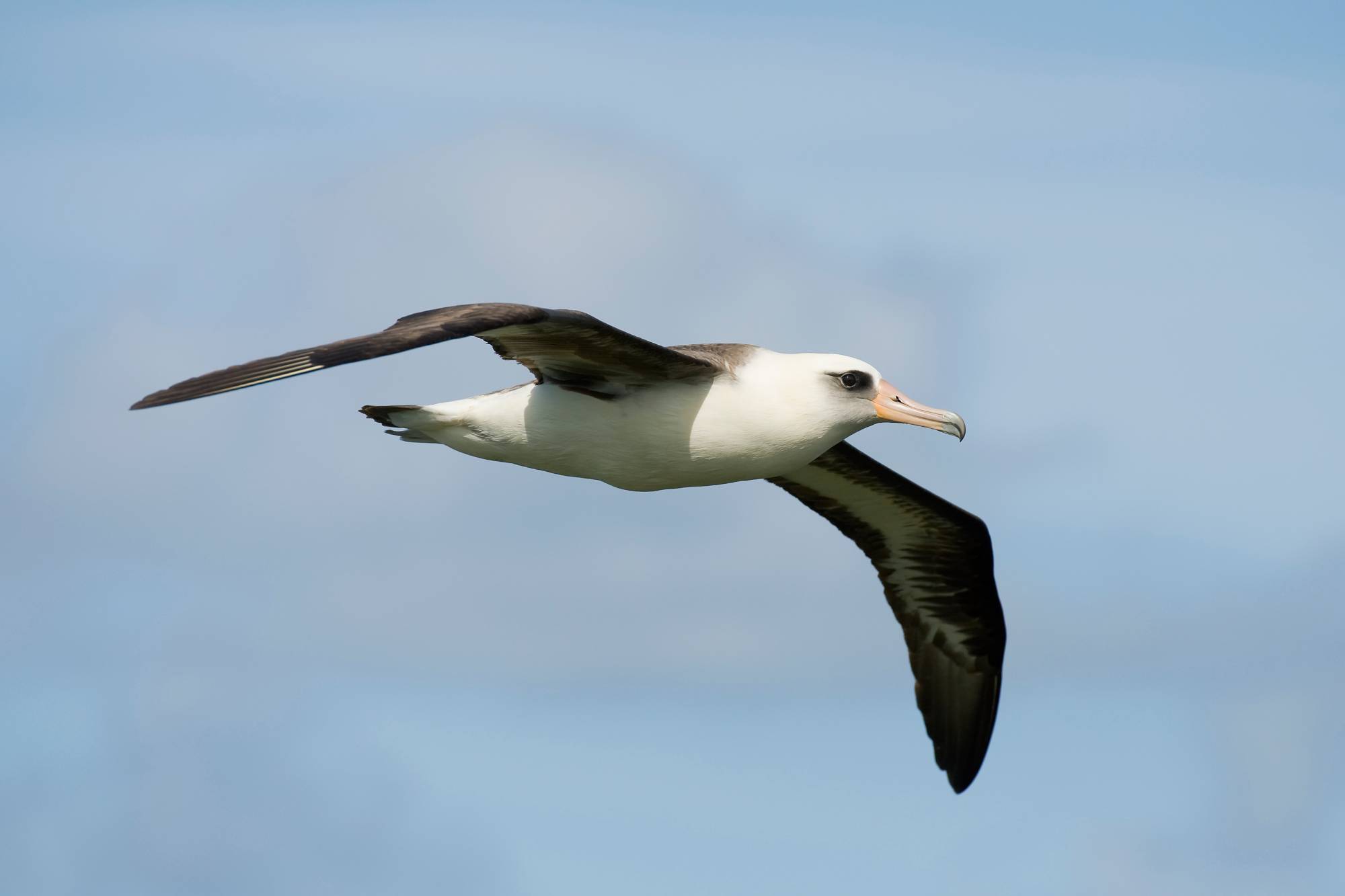
Laysan Albatross flying over the sea.
The importance of sustainable blue food systems
It's worth noting that 800 million people rely on blue food systems for their livelihoods, and three billion people obtain their nutrition requirements from blue food sources. Two-thirds of these foods come from small-scale fisheries, artisan fisheries, and aquaculture farms that can contribute to healthy blue food systems and enable ecological restoration. The remaining one-third comes from large-scale fishing companies exploiting the high seas with little regulation.
Establishing a World Ocean Public Trust
Establishing a World Ocean Public Trust with a legal framework that considers the perspective of marine biologists and other experts could help define the access and use of the high seas. It would also help inform consumers about the compliance of companies with sustainable laws and regulations.
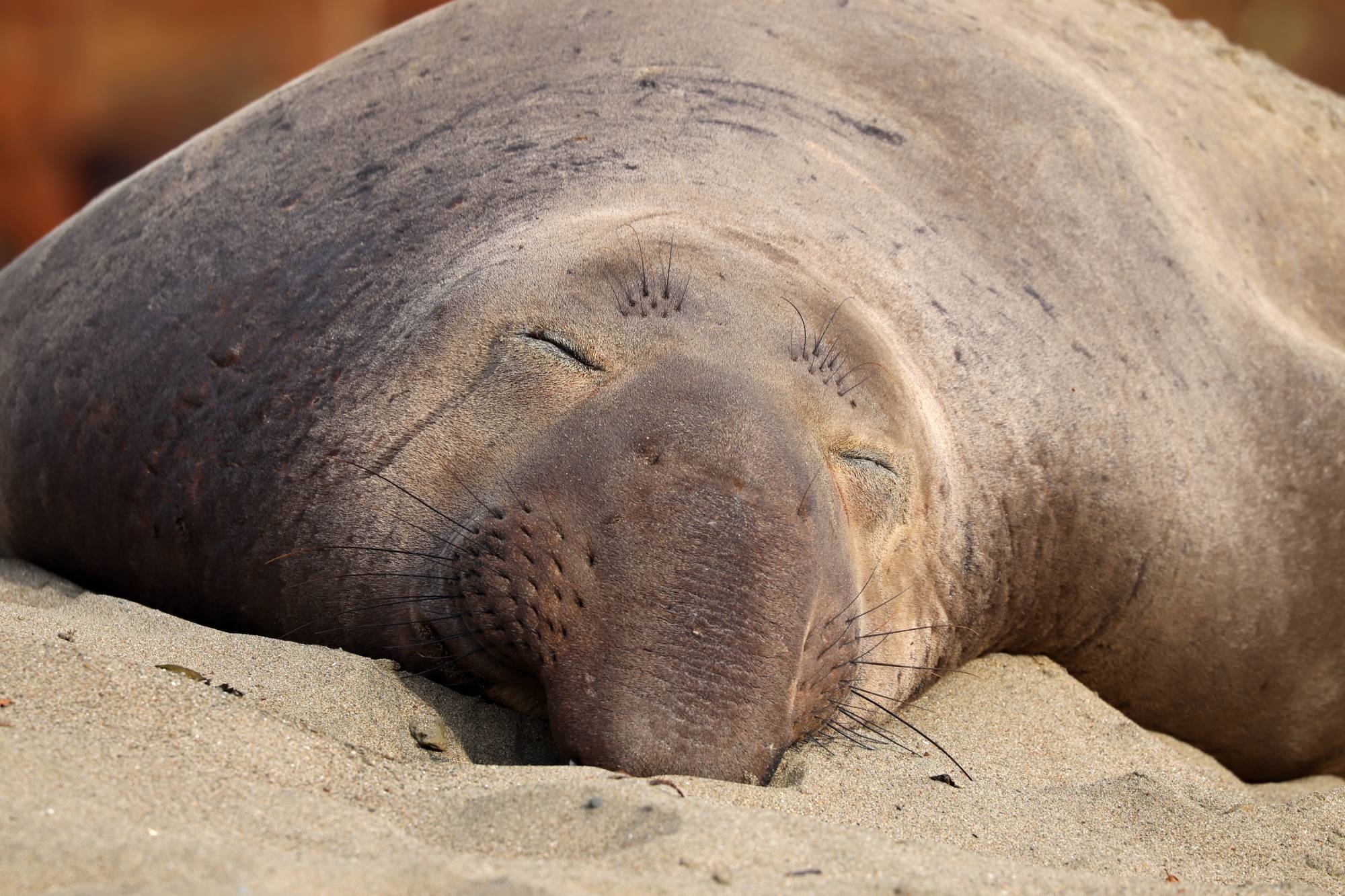
Male northern elephant seal sleeping in the sun.
Acknowledging the resilience of high seas dwellers
Ultimately, the challenge for humanity is whether we are willing to recognize the intrinsic value of high seas as life support systems for marine fauna and flora and whether we are willing to respect their right to exist and thrive. We need to reflect on our attitudes towards marine life, both as kindred species and as a source of food.
Let's acknowledge the resilience of all life forms in the ocean, both known and unknown, seen and unseen. We should celebrate the Great White Shark, the Northern Elephant Seal, the Pacific Bluefin Tuna, the Leatherback Sea Turtle, the Laysan Albatross, and the Blue Whale, among others, who travel across the ocean to complete yet another lifecycle with joy and determination.
They defy strong currents, large vessels and nets, stranded nets, and floating plastic islands to reach their breeding grounds and replicate rituals performed by their forebearers to ensure the continuity of life. We should do everything we can to ensure that the high seas are protected so that these species can thrive.
